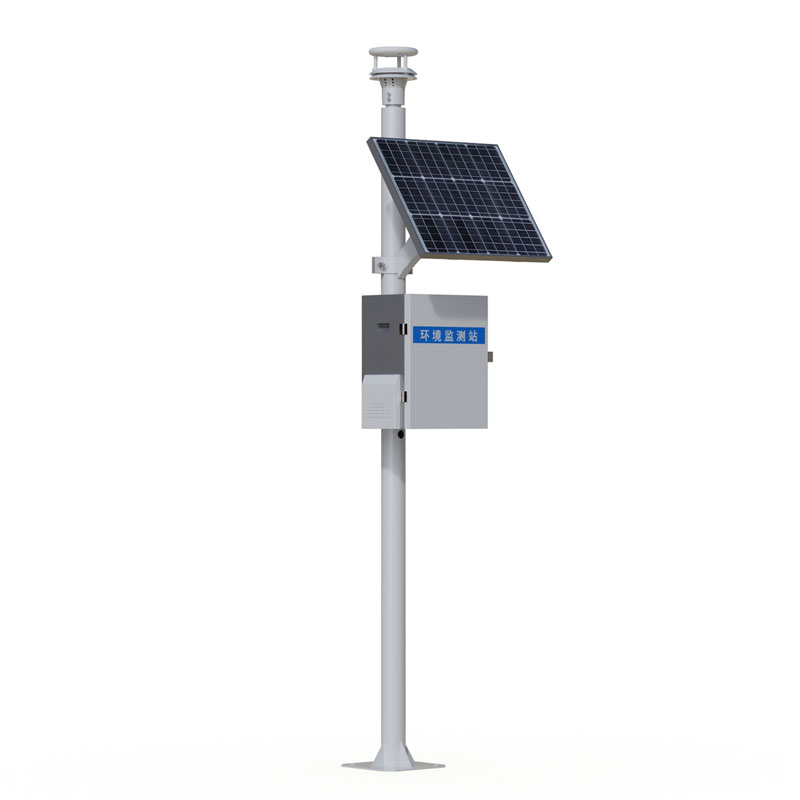Meteorological environment monitoring equipment supplier
Insist on doing high-precision customer favorite technology products
Wind speed monitoring system primarily relies on a wind speed sensor, utilizing an ultrasonic wind speed and direction meter for real-time and accurate monitoring. This system combines Internet of Things (IoT) and artificial intelligence (AI) technologies, offering high performance and low cost advantages. It can acquire and process wind speed and direction data in real time, suitable for various environmental scenarios.
Wind speed monitoring system is a device specifically designed to measure and record wind speed and direction, with its core component being the wind speed sensor. By integrating an ultrasonic wind speed and direction meter, the system achieves high-precision real-time data acquisition. The ultrasonic wind speed and direction meter uses the difference in the speed of sound propagation in the air to calculate wind speed and direction. This method avoids the wear and tear of mechanical parts, thus improving the system's reliability and lifespan. In practical applications, the system uses IoT technology to wirelessly transmit sensor data to a central processing unit, enabling remote monitoring and management. Simultaneously, artificial intelligence algorithms are used to analyze the data stream, identify trends in wind speed changes, and issue timely warning messages to support decision-making.
The main advantages of this system lie in its high performance and low cost. High performance is reflected in the accuracy and real-time nature of the monitoring; ultrasonic technology allows for rapid response to wind speed changes with a small error range, ensuring data credibility. Low cost stems from the simplified sensor design and the widespread availability of IoT platforms, resulting in lower system deployment and maintenance costs, making it suitable for large-scale deployment. For example, in meteorological observation, agricultural management, or industrial safety, this system can continuously provide wind speed and direction data, helping users optimize operational processes. The real-time data acquisition function allows users to view current wind speed conditions through mobile devices or computer interfaces without manual intervention, improving efficiency.
Furthermore, the system's IoT architecture supports data aggregation and storage, facilitating long-term analysis and report generation. The artificial intelligence component, through machine learning models, can adapt to different environmental conditions, reducing false alarm rates. Overall, Wind speed monitoring system not only meets basic monitoring needs but also enhances overall performance through technological integration, providing a practical and economical solution for various application scenarios. In the future, with technological advancements, this system is expected to be further optimized and expanded to more fields.
